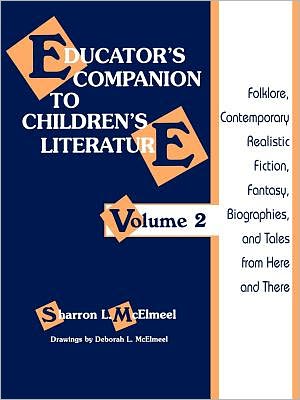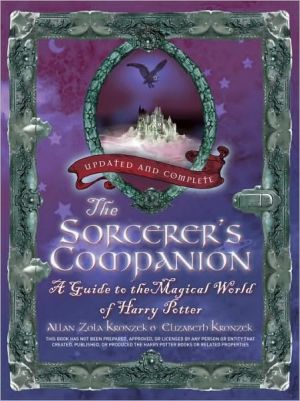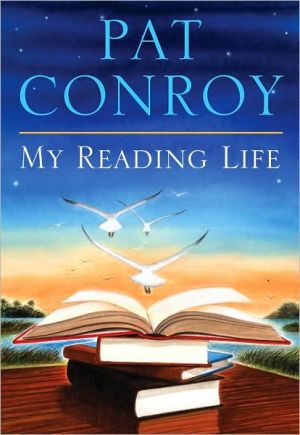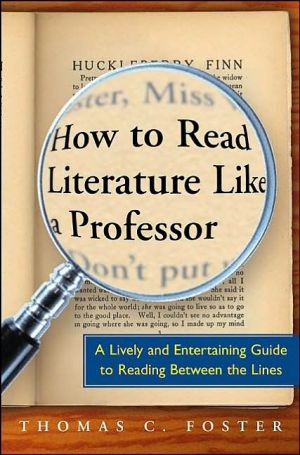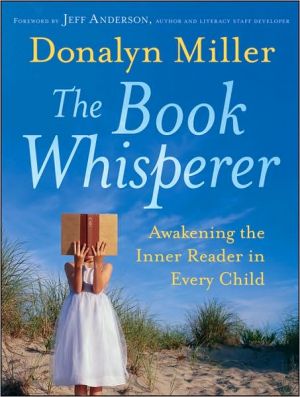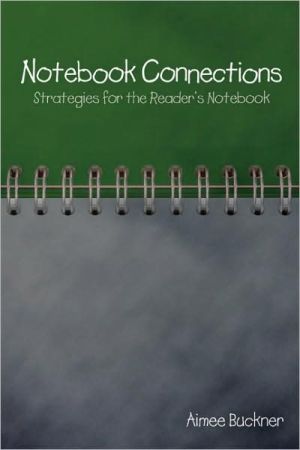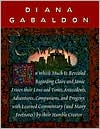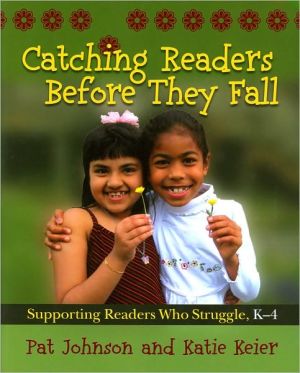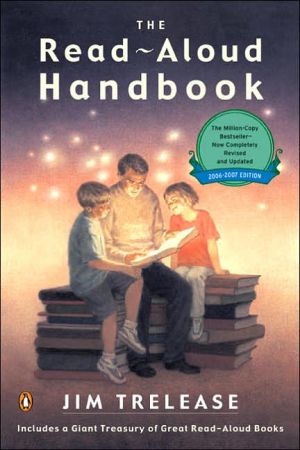Educator's Companion To Children's Literature, Vol. 2
Each of these volumes explores five popular genres and shows how they can be used to promote learning in the library and classroom. After introductory discussions of each genre, McElmeel recommends books, gives lists of related titles, and provides a variety of ideas for genre-related activities that complement classroom thematic units. Grades 4-
Search in google:
Each of these volumes explores five popular genres and shows how they can be used to promote learning in the library and classroom. After introductory discussions of each genre, McElmeel recommends books, gives lists of related titles, and provides a variety of ideas for genre-related activities that complement classroom thematic units. Grades 4-School Library JournalThis book promotes unit study of elementary school literature centered upon genre. It gives a step-by-step, innovative model for establishing small, student-led discussion groups and journal-writing as ways to promote student inquiry into literature. Though the introduction makes a strong case for including nonfiction in reading programs, what follows is only the most often-studied narrative nonfiction, such as folklore and biography, instead of the survival tales, animal adventures, journey stories, and other literature known to appeal more to many children. Each genre focus is accompanied by an annotated bibliography of read-aloud and independent reading choices for elementary students. Herein lies the chief value of this book: the annotated bibliographies could be useful to a beginning media specialist or teacher for reader's advisory services.Bonnie Wilson, recent MLS graduate, Texas Woman's University
\ School Library JournalThis book promotes unit study of elementary school literature centered upon genre. It gives a step-by-step, innovative model for establishing small, student-led discussion groups and journal-writing as ways to promote student inquiry into literature. Though the introduction makes a strong case for including nonfiction in reading programs, what follows is only the most often-studied narrative nonfiction, such as folklore and biography, instead of the survival tales, animal adventures, journey stories, and other literature known to appeal more to many children. Each genre focus is accompanied by an annotated bibliography of read-aloud and independent reading choices for elementary students. Herein lies the chief value of this book: the annotated bibliographies could be useful to a beginning media specialist or teacher for reader's advisory services.Bonnie Wilson, recent MLS graduate, Texas Woman's University\ \
